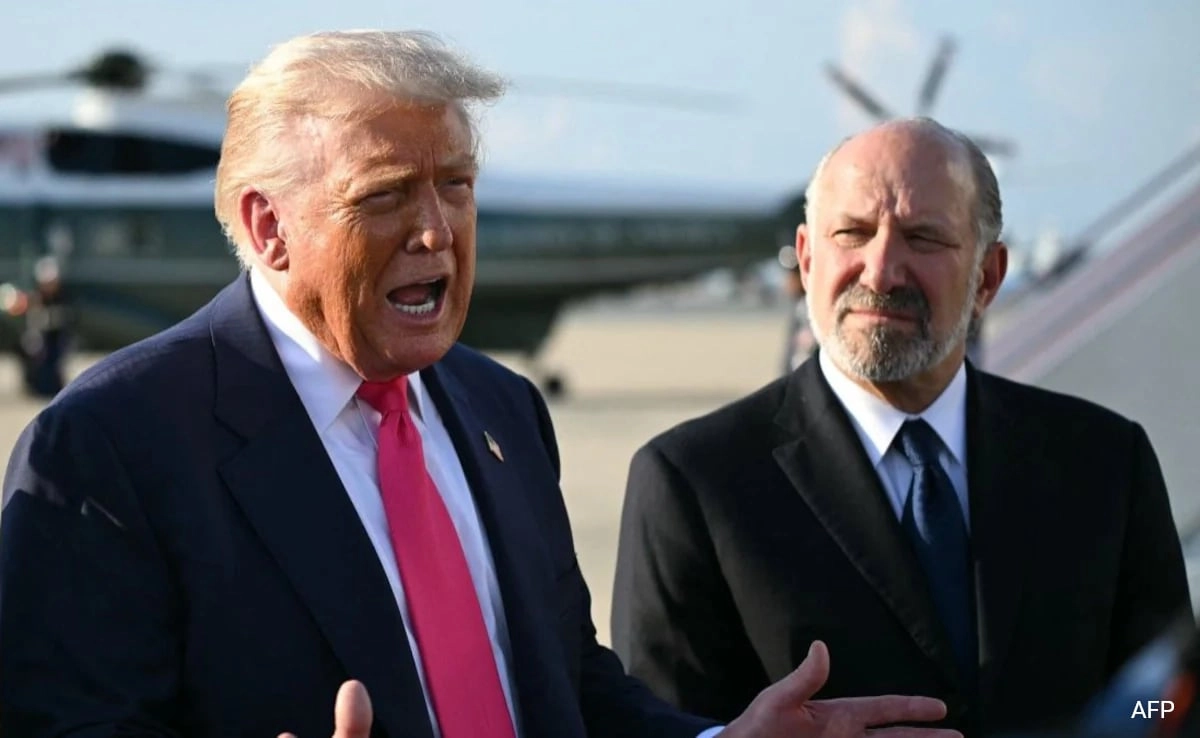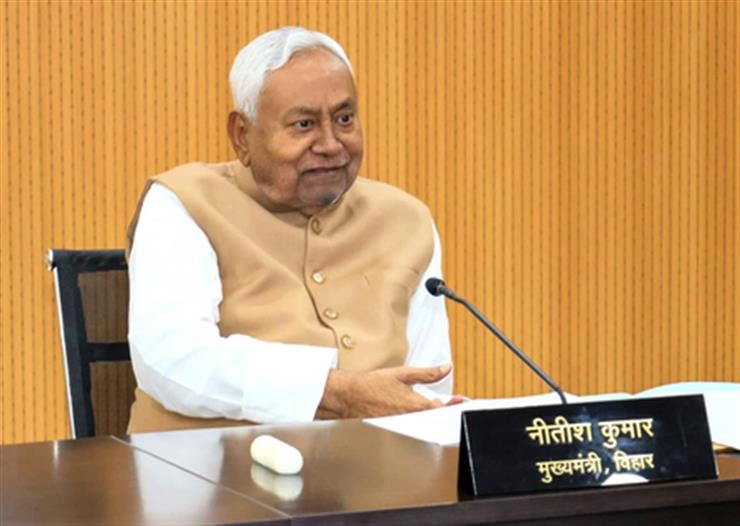The U.S. government’s stance on the H-1B visa program, particularly regarding the proposed $100,000 fee, has sparked significant debate and concern among various stakeholders, including employers, foreign workers, and immigration advocates. The H-1B visa is a vital pathway for skilled foreign workers to fill specialized roles in the American labor market, particularly in fields such as technology, engineering, and healthcare. However, the introduction of a hefty fee could drastically alter the landscape of employment for many skilled professionals seeking opportunities in the United States.
The rationale behind the proposed fee is rooted in the government’s desire to invest in training and education for American workers. Officials argue that if the U.S. is to maintain its competitive edge, it must prioritize the upskilling and reskilling of its workforce. This viewpoint suggests that while foreign talent is crucial for filling immediate gaps within the labor market, the long-term solution lies in empowering domestic workers through training programs. By levying a significant fee on H-1B applications, the government aims to generate revenue that can be redirected towards initiatives designed to enhance the skills of the American workforce.
However, critics of the proposed fee warn that such a financial burden could deter companies from hiring foreign talent altogether, potentially leading to a talent drain in industries that rely heavily on specialized skills. Many employers express concerns that the increased costs associated with the H-1B visa could hinder innovation and growth, particularly in sectors where competition for skilled workers is already fierce. Furthermore, the fear is that this could lead to a situation where companies choose to relocate their operations to countries with more favorable immigration policies, thereby exacerbating the very problem the government seeks to address.
In conclusion, the debate surrounding the $100,000 H-1B visa fee reflects broader tensions in U.S. immigration policy and labor market dynamics. While the intent to invest in the American workforce is commendable, the potential consequences of implementing such a fee warrant careful consideration. Striking a balance between attracting global talent and nurturing domestic skills will be crucial for ensuring that the U.S. remains a leader in innovation and economic growth. As discussions continue, it will be imperative for policymakers to engage with all stakeholders involved to create a system that benefits both American workers and the skilled foreign professionals who contribute to the nation’s economic vitality.




